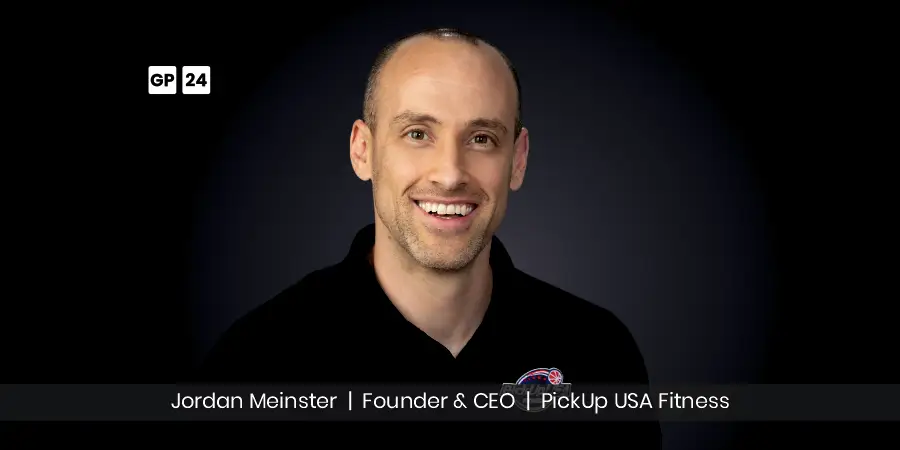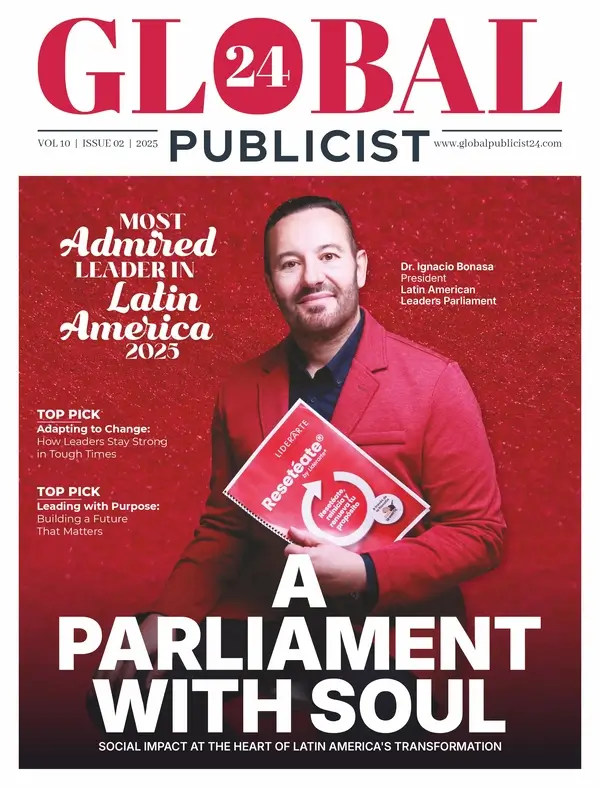In an era marked by relentless cyber threats and evolving regulatory demands, the role of the Chief Information Security Officer (CISO) and Data Protection Officer (DPO) has never been more critical. Alexandre Horvath stands out as a leading figure who bridges these two pivotal roles, championing a pragmatic and robust approach to security and privacy. His advocacy for the Zero Trust model has placed him at the forefront of modern cybersecurity leadership.
The Modern Security Landscape
Traditional security paradigms, which often relied on strong perimeter defenses, have been fundamentally challenged by the rise of cloud computing, remote work, and increasingly sophisticated attack vectors. “Trust but verify” is no longer sufficient. Enter Zero Trust—a model based on the principle of “never trust, always verify.”
Zero Trust is not a product or a single technology but a comprehensive strategy that assumes no implicit trust—whether inside or outside the network. For Alexandre, Zero Trust is not just a framework but a philosophy woven into every layer of governance, risk, compliance, and technology operations.
A Dual Mandate: Security and Privacy
As both CISO and DPO, Alexandre Horvath is uniquely positioned to implement Zero Trust in a way that aligns with both cybersecurity best practices and data protection laws such as the GDPR. His leadership ensures that security controls not only protect the enterprise but also respect and enforce privacy by design and by default.
“Cybersecurity without data protection is incomplete,” Alexandre often remarks. “Zero Trust allows us to enforce precise access controls, monitor behavior, and limit exposure—essential for both security resilience and privacy compliance.”
Core Principles in Practice
Alexandre’s Zero Trust strategy is built on several foundational pillars:
- Identity-Centric Access Control
Strong, context-aware identity verification lies at the heart of Alexandre’s Zero Trust implementation. Multi-factor authentication (MFA), behavioral biometrics, and adaptive access control are standard under his leadership. - Micro-Segmentation
Rather than broad, flat networks, Alexandre’s approach segments infrastructure to limit lateral movement. If a breach occurs, its blast radius is tightly contained. - Least Privilege Enforcement
Every user, device, and application receives only the minimum access required—no more, no less. This reduces insider threat vectors and accidental data exposure. - Continuous Monitoring and Response
Zero Trust is not a “set and forget” model. Alexandre has implemented continuous monitoring using advanced threat detection, real-time analytics, and automated response capabilities. - Encryption and Data Minimization
A strong advocate for privacy, Alexandre ensures that sensitive data is encrypted at rest and in transit. He also enforces data minimization policies, collecting only what is strictly necessary for business operations.
Aligning Strategy with Compliance
With dual accountability to regulators and the board, Alexandre ensures that Zero Trust initiatives align with data protection regulations such as GDPR, NIS2, and ISO 27001. Regular audits, impact assessments, and transparent reporting mechanisms help balance business agility with compliance rigor.
Under his leadership, privacy impact assessments are integrated with access control planning, ensuring that personal data is accessed lawfully and transparently.
Championing Culture and Change
One of Alexandre’s key insights is that Zero Trust is as much about people and culture as it is about technology. He emphasizes training, user awareness, and executive alignment. His programs help employees understand why security measures are in place—transforming perceived friction into shared responsibility.
“Security isn’t just IT’s job,” he asserts. “It’s a business enabler when everyone understands the stakes and their role.”
Looking Ahead
As organizations grapple with supply chain threats, AI-driven attacks, and increased regulatory scrutiny, Alexandre Horvath’s dual-role leadership offers a model for the future. His implementation of Zero Trust is neither abstract nor academic—it’s grounded in daily operational reality, striking a careful balance between protection, performance, and privacy.
Zero Trust, under his stewardship, isn’t just a buzzword. It’s a foundational strategy for building digital trust in a world where trust must always be earned.
















